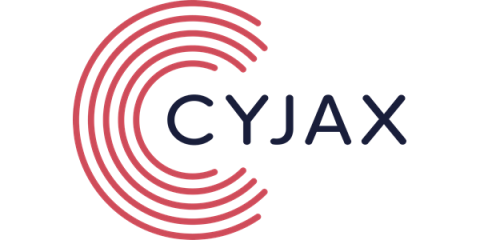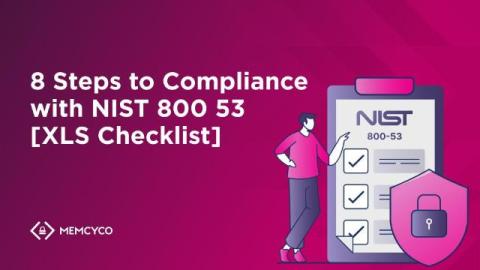Don't Get Golden Fleeced: New Argonauts Extortion Group Emerges
Following the emergence of data-leak sites (DLSs) for new extortion groups Kairos, Chort, Termite, and CONTfr, Cyjax has observed a DLS for a group going by the name ’Argonauts Group’. This group has claimed 10 victims so far. This brings the total of new DLSs discovered this month to seven, with a few days remaining in November.











